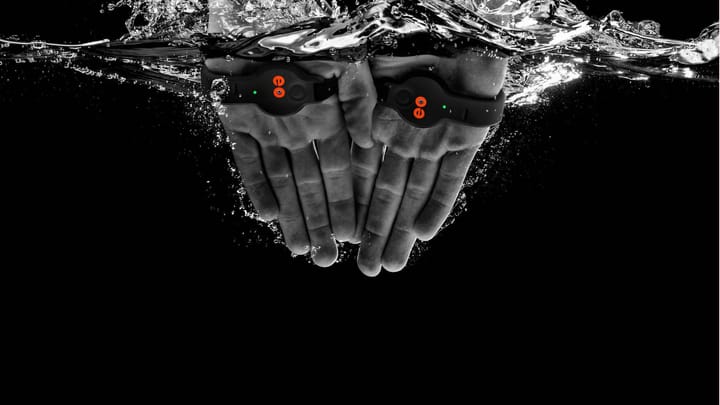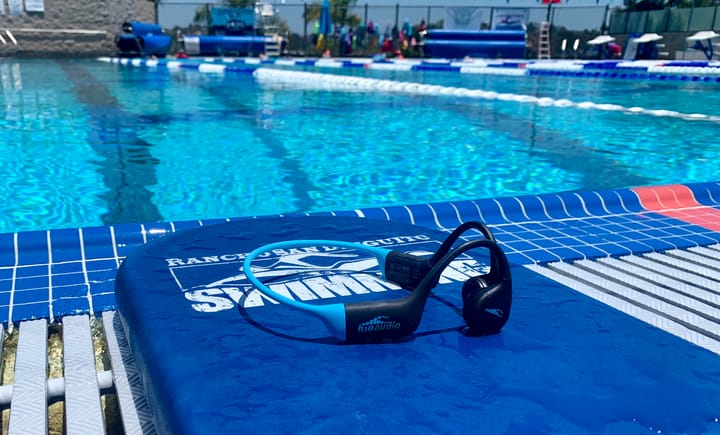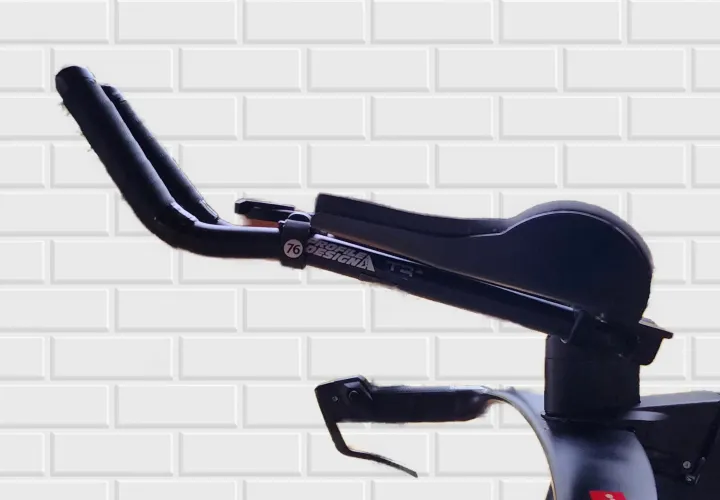DeFeet to Use Blockchain Technology to Stop Counterfeit Products, Improve Customer Experience
DeFeet International, a manufacturer of socks and other apparel for cycling, running, and outdoors activities, has partnered with blockchain solutions provider, LuxTag.io. The new technology will accomplish a few goals that help both the company and the customer. When you receive a DeFeet product th

DeFeet International, a manufacturer of socks and other apparel for cycling, running, and outdoors activities, has partnered with blockchain solutions provider, LuxTag.io.
The new technology will accomplish a few goals that help both the company and the customer. When you receive a DeFeet product that is in a blockchain, you’ll be able to scan it with your phone.
Scanning your DeFeet product will:
- Ensure the product is not counterfeit
- Add it to your customer profile
- Help DeFeet suggest products relevant to your individual behavior & taste
- Take some hassle out of the warranty & repair process
- Determine appropriate loyalty rewards
- Help determine distribution logistics
The overall result is a better and safer customer experience.
The first roll out will cover the company’s Barnstormer line. They’re focusing on matching their Adventure Cycling Club members with relevant products and promotions based on past purchases and other data. Current promotions reward members who complete missions. They’ll expand the practice to more product lines over time.
What is Blockchain Technology?
If you don’t know what blockchain technology is, you may have some trouble comprehending what DeFeet’s new changes mean for customers. Pay attention here, because you’ll be seeing and hearing the term a lot from now on.
The anonymously-invented technology was created in 2008 for Bitcoin, a cryptocurrency. It ensures the authenticity of transactions by decentralizing the locations of documents. This helps people verify the transactions publicly and prevents hacking and counterfeit.
The block in blockchain is a record that shows:
- Medical info from your doctor
- The location of your cryptocurrency
- You voted in an election & who received the vote
- You bought or sold Bitcoin or a pair of athletic socks & the transaction value
- You made a bank-free transfer of money or received one
Think Google Docs. Multiple actors can create a document together, and the document is not stored on anyone’s individual computer. In the old days of document collaboration, you had to save it to your computer, edit it, and then email it to another editor. The other editor then had to make edits or comments and send it back to you. In Google Docs, if someone makes an edit, all editors can verify that in real time and even look at the change records. You can set the document to be visible only to certain people, and to allow only one person at a time to edit it.
DeFeet Leads the Way for Retailers Considering Blockchain
Certain sectors of the business world have recently taken an interest in blockchain solutions. Digital ad companies want to distinguish ad views by humans vs bots. Manufacturers want to trace problematic product parts to their sources. Cryptocurrencies want to authenticate transactions and trace the whereabouts of the currencies. Wire money transfer companies want to cut down on costs and pass the savings to users. Voters want to know their votes have been counted.
Retailers have been slow to jump on the blockchain bandwagon. Expect more retailers to follow Defeet’s lead.





Comments ()